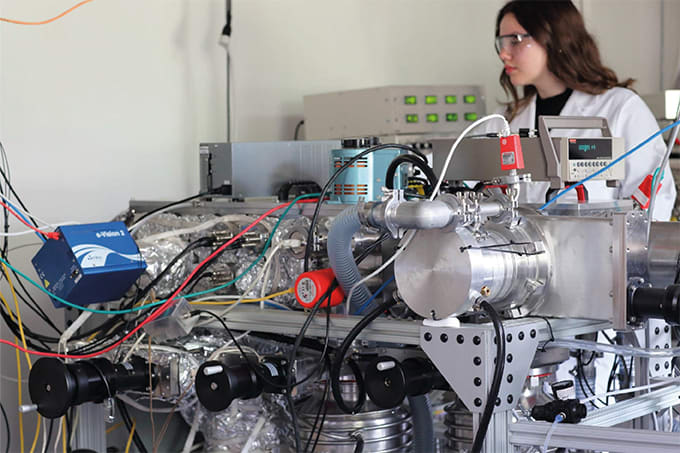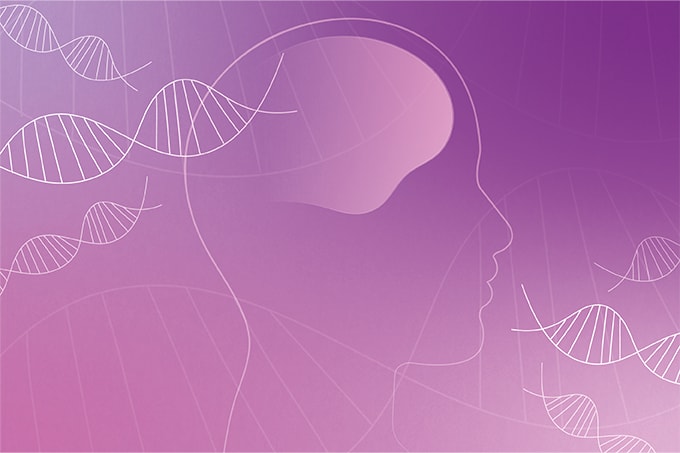What was the inspiration behind the test?
For the last decade, I’ve been working with other scientists in the developing world, and have learned much about how healthcare works – or doesn’t work – in those countries. This piqued my interest in developing low-cost tests that could improve healthcare for people living in those areas. At the same time, Kat Boehle (1) and I were working on a test for anti-microbial resistance. The test detects bacteria by measuring an enzyme (betalactamase) involved in antibiotic resistance – using the bacteria’s own resistance machinery against it. Kat and I realized we could use that same enzyme to detect antibiotics using a test that was both unique and low-cost.How does the test work?
The user simply dissolves the antibiotic in water, before adding the sample to the device. It then travels down a channel with dried nitrocefin, rehydrates the substrate, and is transported to the detection zone where betalactamase is stored. If the antibiotic is not present or is diluted, the betalactamase will react with nitrocefin, causing the device to turn from yellow to red. However, if the antibiotic is genuine, it will outcompete the nitrocefin to bind with betalactamase, resulting in no color change (remaining yellow). The test also incorporates a pH indicator – necessary since fillers commonly used in falsified drugs can alter the pH of the solution and affect the validity of the test. If the test turns red, or the pH indicator suggests that the solution is acidic or alkaline, the user should avoid using the drug.How do you envision it being used in the field?
We envision the test being used primarily by individuals. We are hoping that by making the test inexpensive and user-friendly, patients can take charge of their own health by identifying falsified antibiotics. Also, scientists who study falsified and substandard antibiotics around the world currently have to gather samples in the field and transport them to a central laboratory for expensive and laborious testing – so the test could save time and money in research too.What are your plans for the future?
First, our current device needs some additional optimization, particularly when dealing with acidic fillers (such as aspirin) that stabilize the reaction, making it hard to distinguish falsified drugs. Additionally, we would like to develop a cell phone application or portable Raspberry Pi program for users who want to quantify the active ingredient – instead of the simple “yes or no” answer that is currently in place.References
- KE Boehle et al., “Paper-based enzyme competition assay for detecting falsified β-lactam antibiotics”, ACS Sens, 3, 1299-1307 (2018). DOI: 10.1021/acssensors.8b0016.




